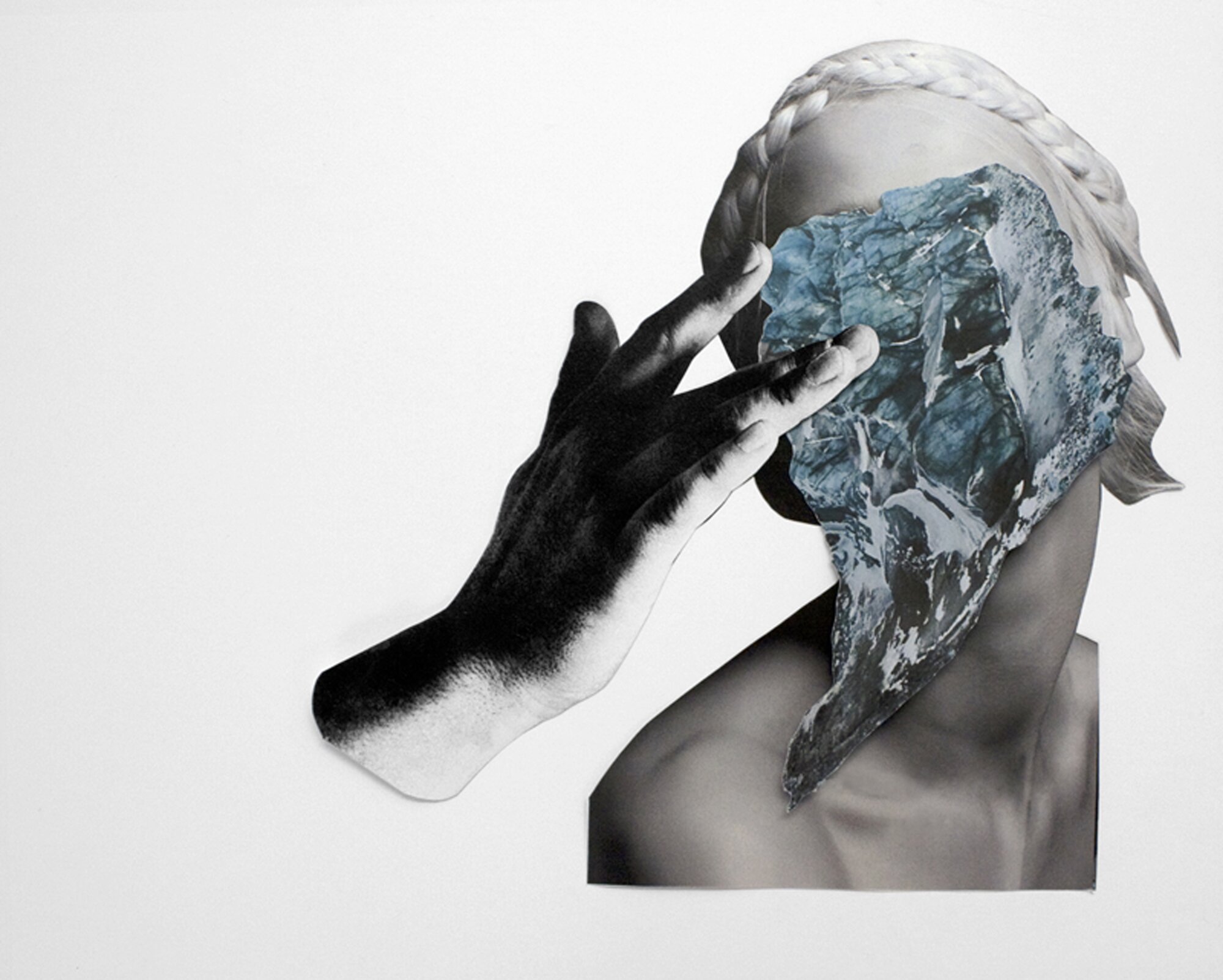
The rise of collage in art
Recent years have seen a surge in collage related artworks, but why? It isn’t just a trendy new movement, neither is it being quick and a simple method of creating art for mass consumption negative- that is exactly why it trumps many art forms for reaction time.
As we all know, the art world moves at high speed and moves with the advent of technology. The age in which we live is fast paced and spewing information, so how do we deal with it? We respond, and quickly. This is where collage lends itself perfectly, and where traditional print methods that were used as satirical responses cannot keep up. The tide of manipulated digital images from fashion images that have been photo shopped, to the absurd juxtapositions of humour. This move is not a denunciation of art traditions, but a grasping of what is available to us, art has and always will be a task at hand.
This is not a new concept; in fact collage is the child of photography. With the introduction of photography in the late 1800s, and the rise of the Dada movement in the early 1900s, the humour of pasting contrasting images into new compositions alters our conceptions to break boundaries. Dada were inventors of shock tactics, of anti-art and anti- bourgeois. Simple clear messages that hold strong to this day, or example the work of Cherelle Sappleton, as she explains “sometimes they are humorous, sometimes unsettling. I take pleasure in seeing the body transformed into an uncanny form of awkward limbs and garments.” Influenced by experimental dramatists like Meyerhold, Grotowski and Berkoff, Sappleton uses layers of imagery much like theatre sets to morph new images.
Although combined with the traditional printing method of etching, world-renowned tattoo artist Otto D’Ambra critiques modern lifestyles; with works such as Wake Up rallying us to take leave of our apathetic slumber. When I asked D’Ambra about the introduction of collage into his work he explained, “I'm constantly working to find a more powerful tool to convey a clearer, more direct message. I like to experiment with new techniques.
I began to introduce images from magazines, newspapers and books. I call them "alterations" instead collage as they are not made by various cut-outs rearranged to create a new image but alterations of existing images: alterations of reality.” And that is exactly why we have the rise of altered images; in order to be seen amongst the piles of daily visual information it must be simple and clear.
.png)
Written by Curious Duke Gallery blogger Sinéad Loftus.
Lover of all art and fluffy cats.



.jpg)